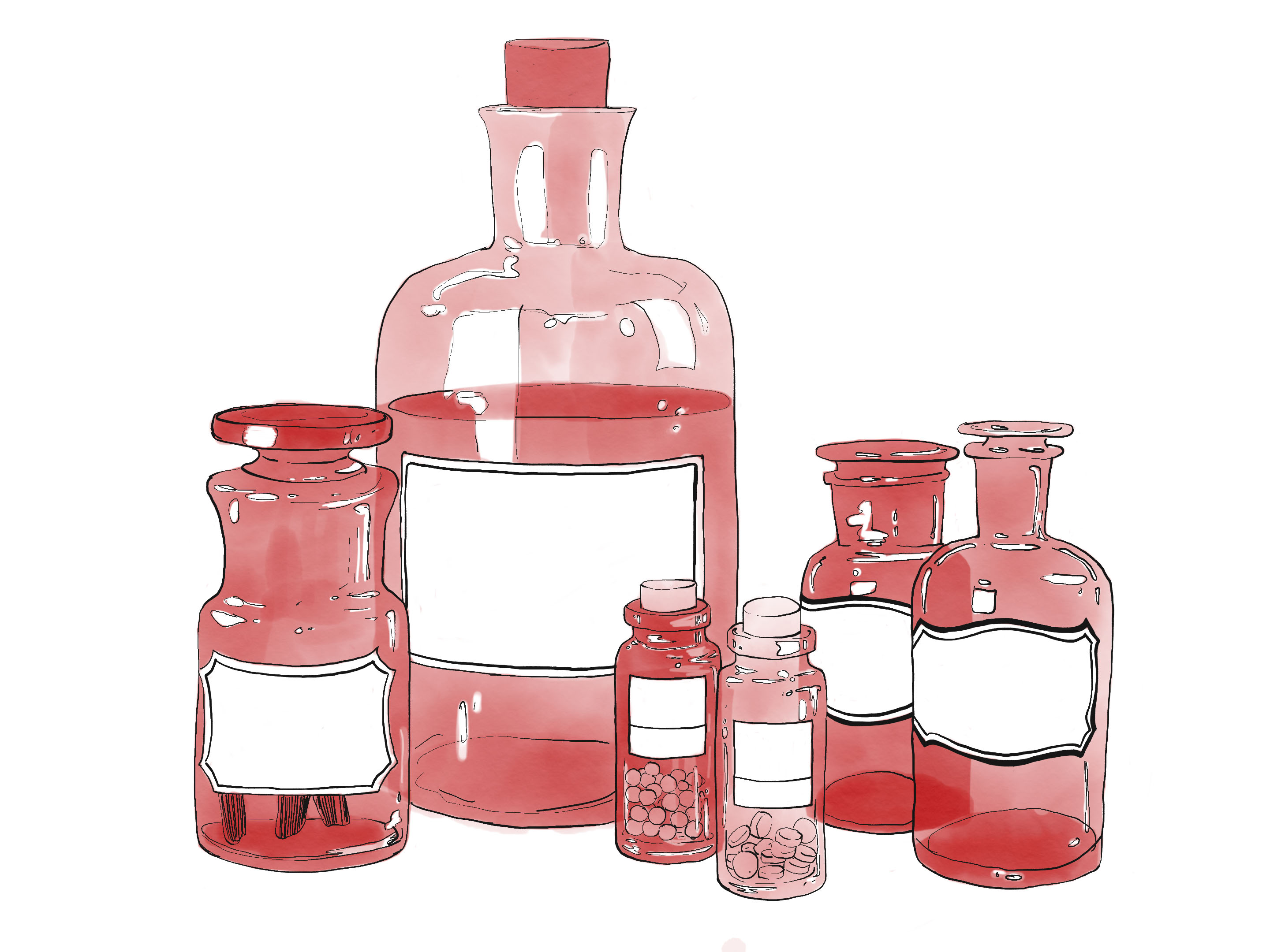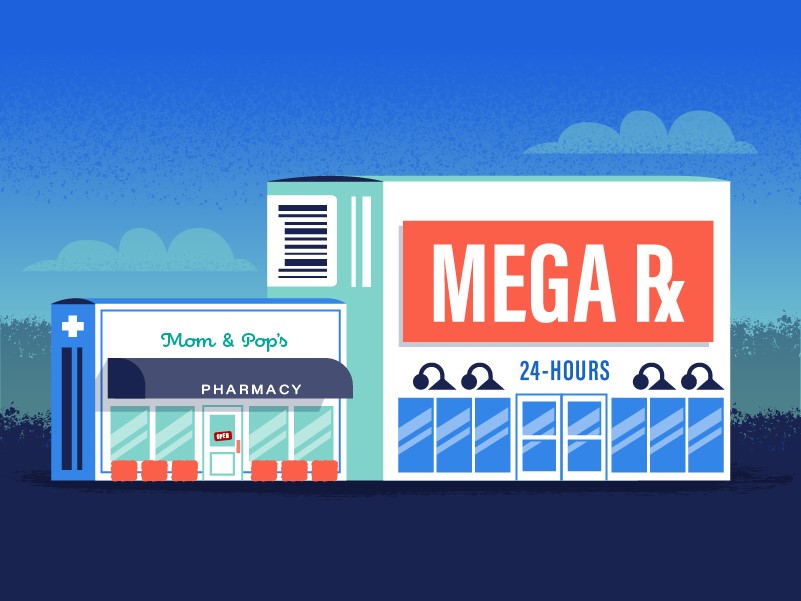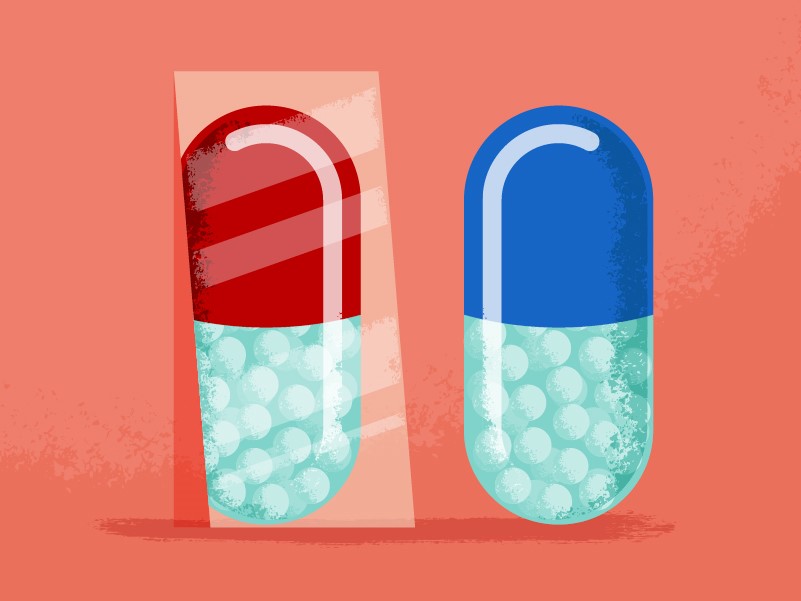A Brief History of Prescriptions & Pharmacies
A renewed focus on innovation and patient control could lead to more affordable medications

Prescriptions might be a modern invention. But the practice of treating illnesses with medicinal plants and handmade compounds has actually been around for thousands of years.
In ancient Pompeii, many ailments were treated with an infusion of wormwood. While in Babylon, doctors and priests worked together to see if an exorcism was needed. Obviously, prescriptions have come a long way since ancient times, even if we do still use symbols that date back to Egyptian mythology.
What, if anything, can we learn from this long history of treating illnesses? And how can it help us create a fairer, less confusing approach to prescriptions?
Let’s take a look.
Why look to the past at all?
Today’s system — one pharmacy and one price — most likely isn’t working out for patients like you.
Health insurance broker Policygenius has surveyed Americans for three years in a row about this issue. And they’ve found that people are increasingly confused about their healthcare and what it covers.
In fact, more than a quarter of those surveyed in 2019 said they’ve skipped medical treatment because it wasn’t clear what was covered. Even more concerning, 13 percent said they weren’t even sure if they had health insurance.
And the bottom line is, well, the bottom line. Pricing feels like a mystery for patients, in many cases, particularly when it comes to consumer choice.
By examining how the healthcare industry got to this place, we might find ideas for improving the system.
Past: Focused on medication
For the first few decades of the 20th century, pharmacists created each medication by hand, based on recipes — the original prescriptions — from doctors.
Ingredients, along with the time and skill needed to create each treatment, set the prices.
Each community pharmacy set their own prices and they could vary greatly from state to state.
Starting in the 1950s, the growth of mass-produced prescription medications allowed doctors to write paper prescriptions. This also allowed patients to submit their prescription to a pharmacy of their choice.
Since there was no longer a need to create medications by hand, the pharmacists’ role evolved and expanded to a new kind of healthcare resource.
Present: Focused on patient
As we know, the evolution and development of new drugs isn’t slowing down. Today’s pharmacists focus more on helping patients navigate this rapidly changing world.
As a result, trust between pharmacist and patient has grown. Pharmacists consult on drug interactions and side effects and make recommendations for over-the-counter medications.
Pharmacy choice, however, is still largely controlled by Pharmacy Benefit Managers, or PBMs, third parties that negotiate the sale of medicine between pharmacies and drug manufacturers.
During this negotiation, the price patients pay for this medication at the pharmacy is set. Benefit managers also play a big role in deciding which pharmacies are in and out of network for insurance plans. They can also impact price, too.
So why leave pharmacy choice up to these third parties? Particularly when consumers compare prices on everything from groceries to airfare. Shouldn’t you also be free to shop around for the best prescription prices?
Future: Focused on lowering costs
In the immediate future, politicians appear set to address runaway prescription costs.
President Trump recently reiterated his pledge to lower prescription drug prices. And the U.S. House of Representatives passed a bill in December that would cap out-of-pocket prescription drug costs for Medicare enrollees. The bill also aims to let the federal government negotiate the price of many medications.
Outside of these government moves, the private sector is also working to help lower prescription costs.
A pharmacy industry trade group identified several trends to watch for in 2020. This includes artificial technology developing new drugs and 3D-printing technology making new medications.[1]
Meanwhile, a 2019 survey of 1,000 healthcare leaders suggests the top trend for the foreseeable future will be patients becoming consumers with their healthcare needs[2].
In other words, as patients shoulder more of the financial burden for their healthcare, they’re asking for more from their healthcare providers. This request includes becoming more informed on their healthcare options. Other requests include keenly searching for the lowest cost, best value and the highest level of convenience with their treatments and care.
This article was last updated March 03, 2020





